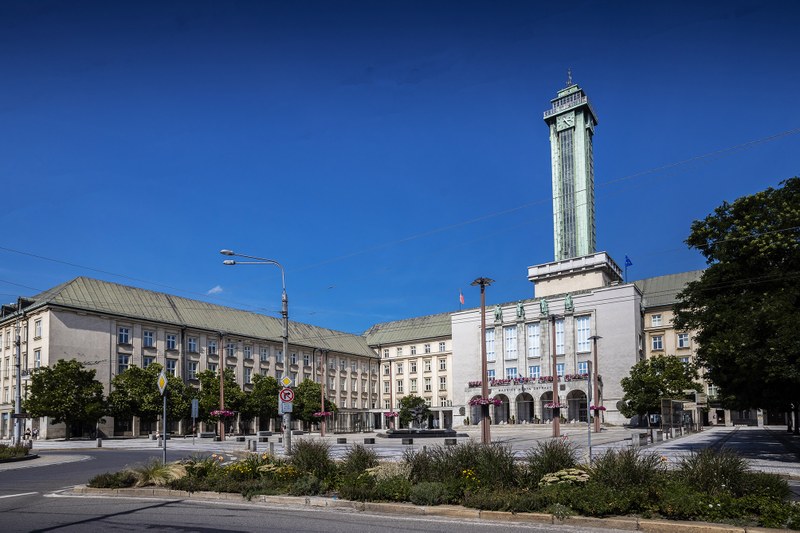
The City Assembly has issued an amendment to the generally binding regulation on nighttime quiet
The law establishes the so-called nighttime quiet period from 10 PM to 6 AM. However, it also allows municipalities to shorten this period in exceptional cases by issuing generally binding regulations. Ostrava grants these exceptions exclusively to cultural, sports, and social events that significantly contribute not only to local but often also to regional cultural life, thus greatly enhancing the city's attractiveness for both its residents and visitors.

Strengthening the tourism potential is among the key strategic goals of the city. Large music festivals have become a magnet over the years, attracting tens of thousands of tourists to Ostrava each year, which has positive effects, particularly on local businesses.
During its January meeting, City Assembly approved the amendment to the generally binding regulation on nighttime quiet in the form of an updated annex containing a list of exceptional social, cultural, and sports events taking place in 2025, for which the nighttime quiet period is defined as shorter. The updated annex defines 44 selected social, cultural, and sports events, wich will take place across 19 city districts. Their number is comparable to the number of events in previous years.
"Although supporting cultural activities is one of the long-term priorities of the city, care is taken to ensure that residents are not overburdened. The list of cultural, sports, and social events with a shortened nighttime quiet period is recommended for approval by a specialized working group, which takes into account various criteria when assessing, such as enhancing the good reputation of Ostrava as a tourist destination or significant contributions to the local economy, particularly in areas like accommodation services, restaurants, transportation etc.," specifies Deputy Mayor Lucie Baránková Vilamová.
Other evaluation criteria also include the tradition of the event and financial support from the city or municipal district. A crucial factor is, of course, the timing of the event and its location, to ensure that any associated noise burden is spread not only throughout the year but also across different districts.
The proposed list of events was discussed and approved by the city council and subsequently by the city assembly.
The city’s emphasis on this issue is bearing fruit. Some organizers of the mentioned events have implemented numerous technical adjustments, contributing to improved outcomes. Year on year, the city has recorded significantly fewer complaints, especially regarding large festivals, and has also received praise for the improvement in the situation.
